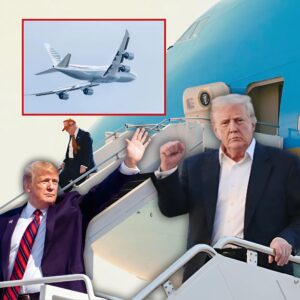The world of Formula 1 is no stranger to drama, but the latest twist has sent shockwaves through the paddock. Just one race into the 2025 season, the FIA has dropped a bombshell, announcing a significant rule change targeting the controversial “mini-DRS” systems employed by some teams. This unexpected move, set to take effect at the upcoming Chinese Grand Prix, has sparked intense debate and raised questions about fairness, innovation, and the governing body’s authority in the sport.

The issue first came under scrutiny during the season-opening Australian Grand Prix in Melbourne. High-resolution cameras mounted on the cars revealed something alarming: certain teams, including McLaren and Ferrari, appeared to be exploiting a loophole with their rear wings. These wings, under high-speed conditions, were flexing in a way that mimicked the Drag Reduction System (DRS), a mechanism designed to boost overtaking by reducing drag on straights. Dubbed “mini-DRS,” this unintended flexibility offered a small but significant speed advantage outside designated DRS zones, a trick that had been a point of contention since McLaren showcased it in 2024.
The FIA had already tightened regulations ahead of the 2025 season, introducing stricter static load tests under Article 3.15.17 of the Technical Regulations. These rules mandated that the slot gap between the rear wing’s main plane and flap could not vary by more than 2mm under a 75kg load. All cars passed these tests in Melbourne, and the race proceeded without immediate incident, with Lando Norris clinching a thrilling victory over Max Verstappen. However, post-race analysis of the camera footage told a different story. The on-track deformations suggested that some teams had found a way to circumvent the static tests, achieving flex beyond the legal limit when the cars hit top speeds.

Furious at this ingenuity—or audacity, depending on one’s perspective—the FIA acted swiftly. On March 17, 2025, they issued a statement confirming a new, tougher test for the upper rear wing, effective from the Chinese Grand Prix in Shanghai. The revised regulation slashes the allowable slot gap variation from 2mm to just 0.5mm, a 75% reduction in tolerance. Recognizing the short notice, the FIA has granted a temporary 0.25mm allowance for the Shanghai race alone, but teams must fully comply thereafter. This change aims to stamp out the mini-DRS effect once and for all, forcing teams to rethink their aerodynamic designs in a matter of days.

The reaction has been predictably mixed. Teams like Red Bull, who had vocally criticized the flexi-wing tactics during pre-season testing, welcomed the clampdown. Technical director Pierre Waché had previously hinted that rivals were still “doing the mini-DRS stuff,” and the FIA’s findings seem to vindicate their complaints. Meanwhile, McLaren and Ferrari, accused of pushing the boundaries, face a logistical nightmare to adapt their cars before the next race. Some argue this is a fair enforcement of the rules, while others see it as a knee-jerk reaction that stifles innovation—a hallmark of F1’s competitive spirit.
This saga underscores the ongoing cat-and-mouse game between the FIA and the teams. The governing body’s use of advanced monitoring technology, like the ultra-sharp cameras in Melbourne, signals a new era of scrutiny. Yet, it also raises broader questions about the sport’s direction. Are such rapid rule changes necessary to maintain a level playing field, or do they disrupt the season’s flow and penalize clever engineering? As the teams scramble to comply ahead of Shanghai, one thing is clear: the 2025 season is off to an explosive start, and the battle over mini-DRS is just the beginning.






